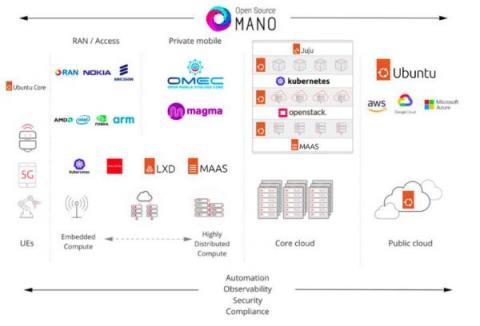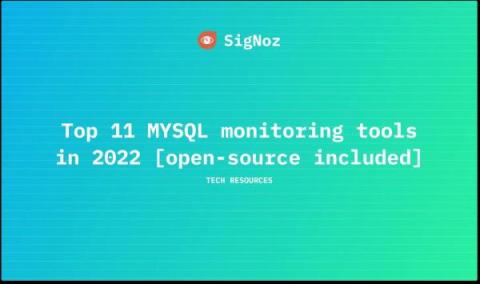Operations | Monitoring | ITSM | DevOps | Cloud
June 2023
GitOps the Planet #14: Building Open Source Communities with Itay Shakury
Open-sourcing sysgrok - An AI assistant for analyzing, understanding, and optimizing systems
In this post I will introduce sysgrok, a research prototype in which we are investigating how large language models (LLMs), like OpenAI's GPT models, can be applied to problems in the domains of performance optimization, root cause analysis, and systems engineering. You can find it on GitHub.
Canonical Joins Eclipse Adoptium Working Group to Strengthen Commitment to Open Source Java Runtimes
The Importance of Pure Open-Source Kubernetes
In a short time, the open-source ecosystem has evolved from niche projects with limited corporate backing to the de facto way to build software. Today, organizations large and small are adopting open-source software to accelerate product development and innovation. In the government sector, the U.S. Department of Defense issued a memorandum on adopting open source software as its preference versus proprietary software, calling open-source “critical in delivering software faster.”
Enforce fine-grained policy control across your data infrastructure
SigNoz - Open-source alternative to Dynatrace
GLOBO empowers multilingual healthcare communication with Aiven and AWS
Berlin Open Source Data Infrastructure Meetup - May 2023
Perform Distributed Tracing with Zipkin
Open source Zipkin offers a robust set of features that make it easier for developers to understand and optimize complex distributed systems. Distributed tracing is a technique you can use to trace and monitor requests propagating through a distributed system. It can work in environments where multiple services process a request, making it an essential tool for modern microservices architectures. Zipkin is an open source distributed tracing system for monitoring and troubleshooting complex systems.
Graphite vs Prometheus
Compare Graphite and Prometheus, two leading open-source monitoring solutions.
Securing open source software with Platform One and Canonical
Webinar | Achieve lower TCO and keep full control of your data with Aiven's Bring Your Own Cloud
GrafanaCON 2023: A guide to all the big announcements from Grafana Labs
GrafanaCON 2023 marks a huge milestone: It’s the official release of Grafana 10 and also the kick-off to celebrating a decade of dashboarding with Grafana. The GrafanaCON 2023 opening keynote, delivered by Grafana Labs co-founders Raj Dutt, Torkel Ödegaard, and Anthony Wood, streamed live on June 13 from Stockholm, Sweden, the birthplace of Grafana.
Toronto Open Source Data Infrastructure Meetup - May 2023
Open Source Monitoring vs Proprietary Software
It’s easy to get pulled into paying more and more at a major monitoring company, despite not getting the functionality that you’re looking for. Leaving your monitoring provider can be difficult because it means replacing expensive software or hardware, re-educating your team, and transferring huge amounts of data to a new system - data that may or may not be well suited to the new system. Despite these issues, there are many reasons that motivate users to move to open source.
How telco companies can reduce 5G infrastructure costs with open source
5G has the potential to revolutionise the telecommunications industry, offering high speed and connectivity for a wide range of devices ranging from radio access networks (RAN), user equipment (UE), and core networks. However, the high costs associated with 5G infrastructure have been a significant blocker for adoption, hindering innovation and growth in this area. This blog discusses the primary challenges faced in the telecom industry and how open source technologies are helping to resolve them.




















